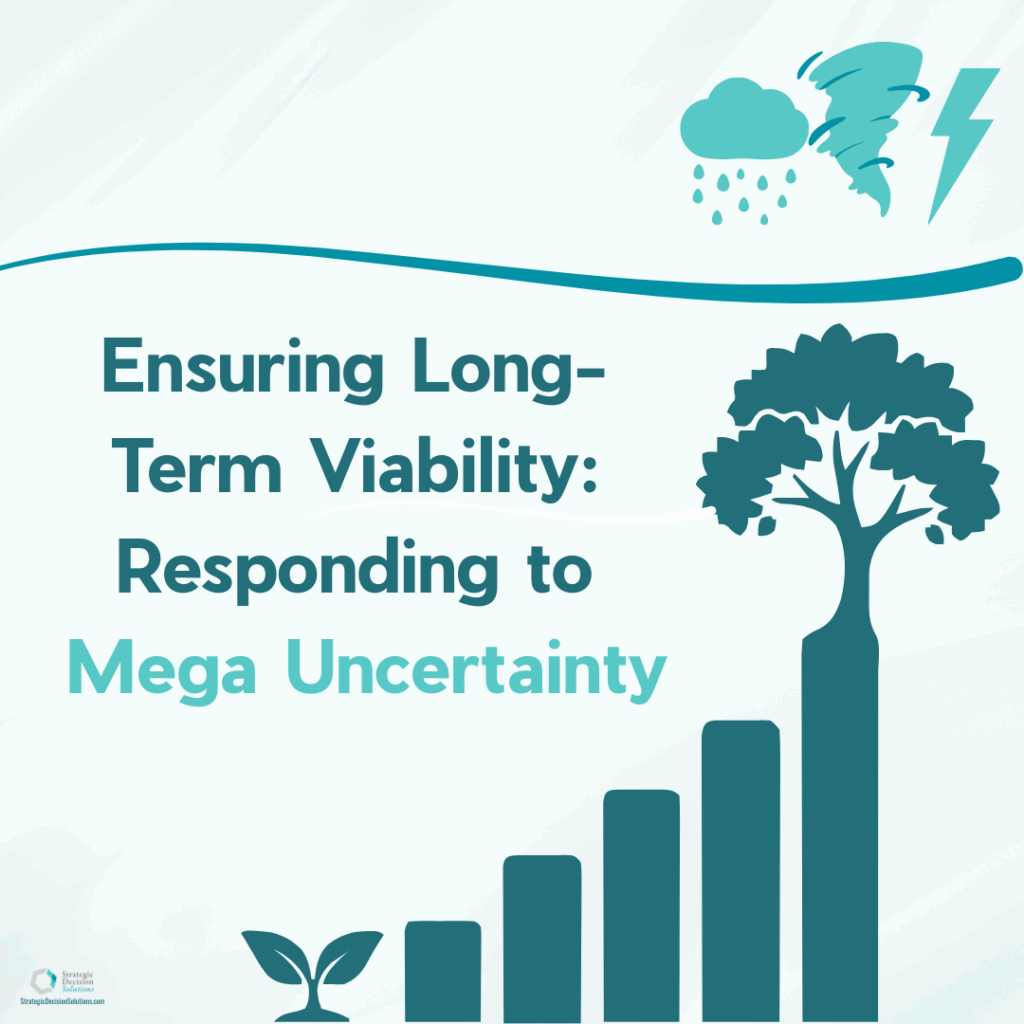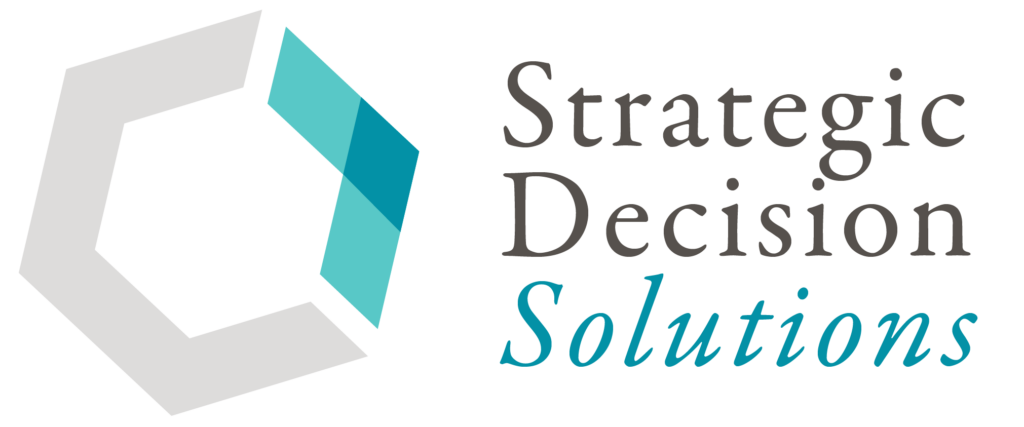It’s sometimes hard to believe that 25 years have passed since the turn of the 21st century.
While that’s a relatively short amount of time in the grand scheme of things, it seems like an eternity for the amount of technological change that has taken place. Although we had email and the Internet, there was no cloud storage or online forms, and artificial intelligence was considered science fiction by most.
To keep up with both the advancement of technology and increasing consumer expectations, companies have made significant investments in adopting AI, migrating core systems to the cloud, and more. It’s estimated that companies in the insurance industry will spend over $148 billion this year on these type of upgrades.
But today’s article is not about technology. Rather, I want to talk about how companies (of any industry!) have an opportunity to shore up weaknesses created during the large transformational projects.
As we discuss in the article appearing in Carrier Management, seemingly less impactful, smaller projects that focus on processes and people are just as much an investment in the company’s future as technology upgrades are.
This article explores some common examples of these smaller projects, and more importantly, why stagnating in the face of uncertainty ends up creating even more risks to the company’s long-term resilience.
What does this have to do with ERM? I also talk about how robust ERM practices can help you pinpoint where to prioritize your efforts and how to identify the biggest trouble spots when you don’t have ERM practices.
As is the case with previous articles appearing in Carrier Management, the examples and statistics cited in this article are specific to the insurance industry, but the concepts are relevant for any type of organization.
Ensuring Carrier Viability: Responding to Mega Uncertainty
What smaller projects has your company pushed aside to make way for significant technological upgrades?
To share your thoughts, join the conversation on LinkedIn.
Also, if you’re struggling to know where to start, please reach out to me to discuss your situation and what could be your next steps.








